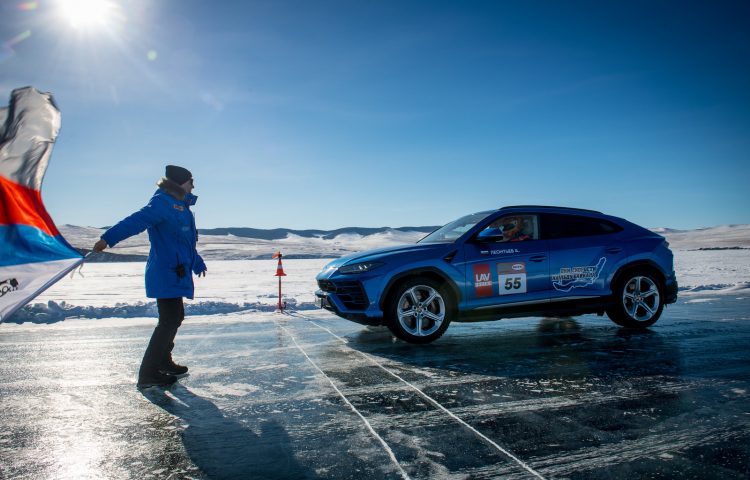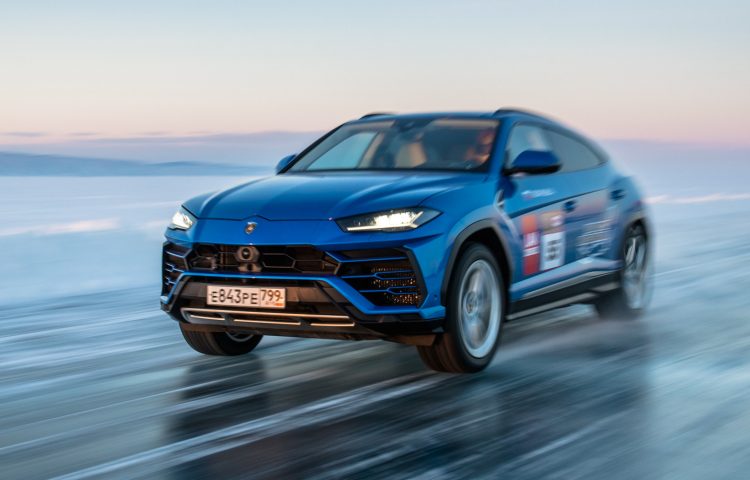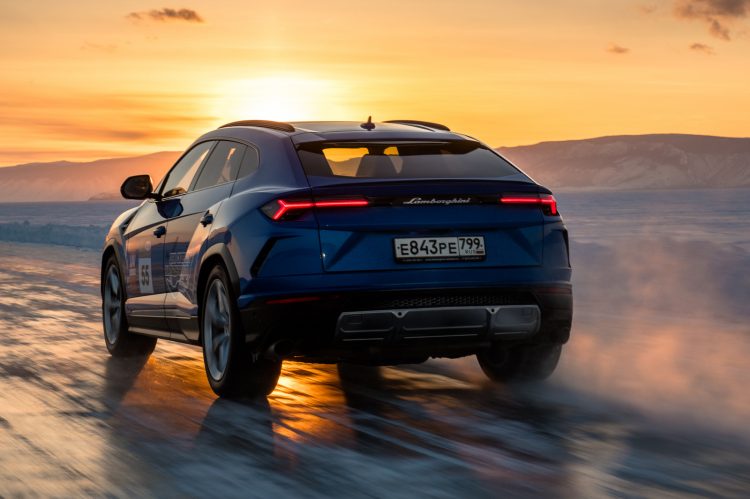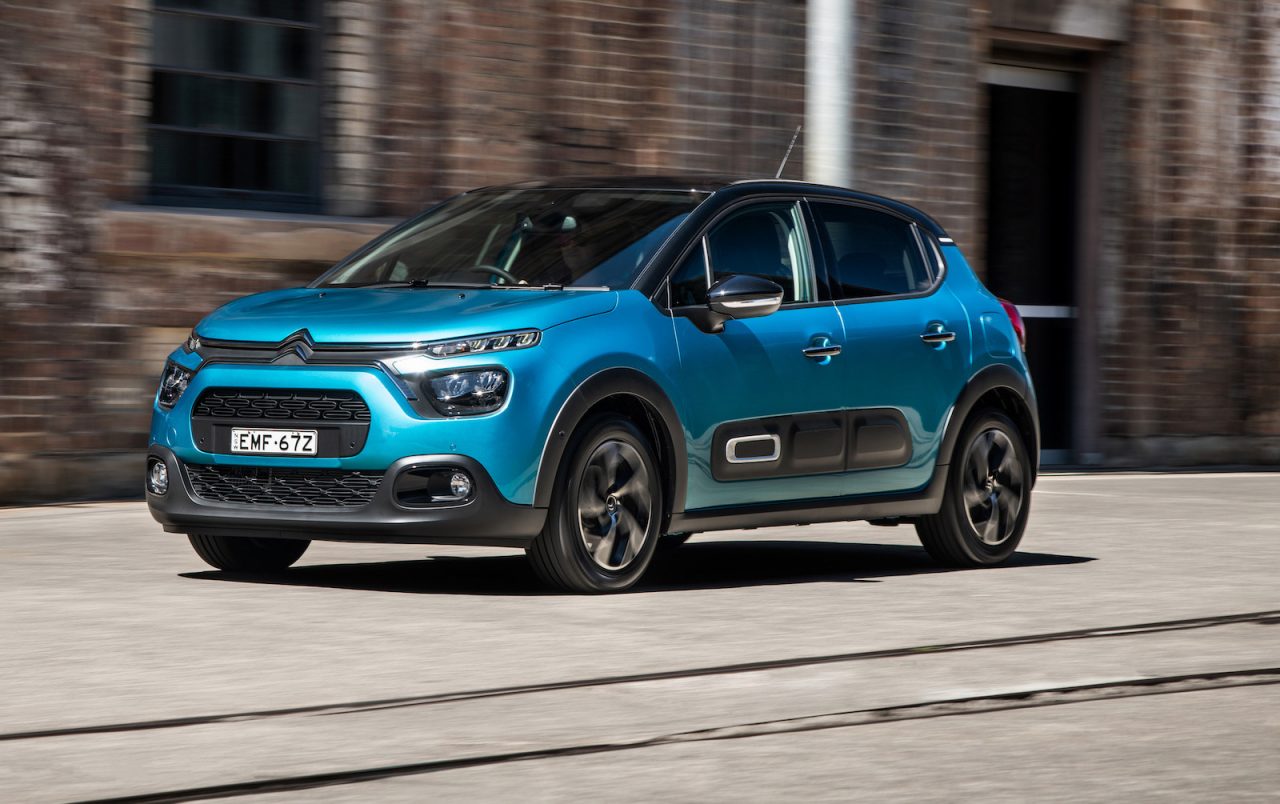Lamborghini can officially hold claim to having the fastest car on ice, with its Urus SUV recently setting a high speed record verified by the Russian Automobile Federation (a member of the FIA).

Lamborghini’s almighty Urus took to a Russian ice lake known as Lake Baikal back in March, for one purpose, to break the top speed record on ice. Russia’s 18-time record holder at the ‘Days of Speed on Baikal Ice’ event, Andrey Leontyev, piloted the SUV to an extraordinary top speed of 298km/h.
The speed has since been verified by the Russian Automobile Federation as a new record. It was also noted the SUV had an average speed of 114km/h across the 1000-metre stretch of ice, including a standing start. The conditions were obviously very slippery conditions, but during the attempt there were also strong gusts of wind, according to Lamborghini.

As a reminder, the Lamborghini Urus is powered by a 4.0-litre twin-turbocharged V8 that produces 478kW and a whopping 850Nm. This translates to a claimed 0-100km/h sprint time – on tarmac, of course – of 3.6 seconds (and we’ve tested 3.44), and 0-200km/h in 12.8 seconds, and a top speed of 305km/h.
Speaking of the car in question, Leontyev said the “Urus’s biggest advantage is its absolute versatility: it is extremely easy and comfortable to operate in any situation, while feeling like you’re a strong unit with it”.

In relation to the ice attempt, the Russian driver said that testing vehicle performance on ice is a significant contribution to automotive engineering as a whole, and can help immensely in the development of a high performance machine.
“We’re like an off-grid test lab. Automotive engineers can see how their products behave when pushed to the limit on a surface that is ten times more slippery than asphalt in torrential rain. Which means, if you manage to stay in control of a vehicle that’s racing at 300km/h over natural uneven ice, jumping over jumps with the suspension constantly pushed to the limit, then driving a car on wet or icy asphalt at 90km/h doesn’t seem like that big of a deal.”
Leontyev continued to explain that the techniques developed under extreme conditions can be easily applied in everyday life, helping to improve overall driving safety. You can check out the video below for more on the crazy ice-driving record.
https://youtu.be/j09K4OGUX3s
